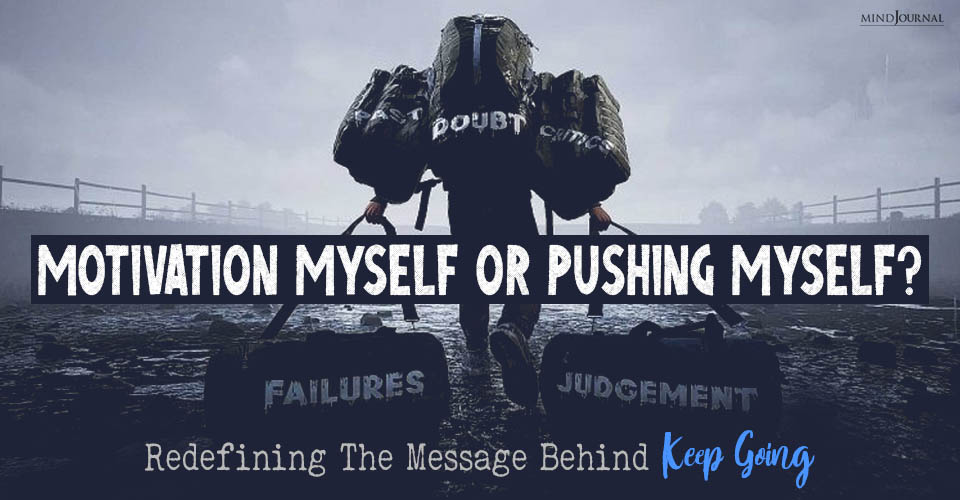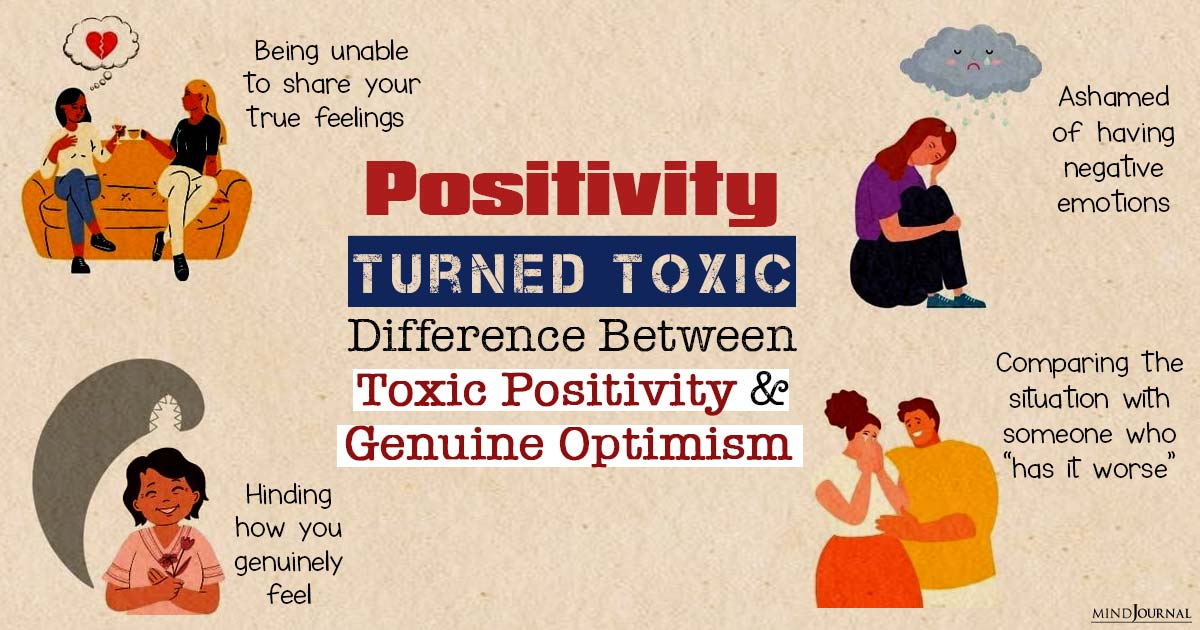The most powerful habits are those that come completely from within. Read on to know the psychology of intrinsic motivation and rewards.
Over decades of secrecy and solitude, Henry Darger worked obsessively at his art.
He toiled tirelessly across several mediums, but his masterpiece was an illustrated epic novel. Verbosely titled “The Story of the Vivian Girls in What Is Known as the Realms of the Unreal of the Glandeco-Angelinian War Storm Causes by the Child Slave Rebellion,” the entire document was over 15,000 pages long.
But despite dedicating his life to his art, it was never seen by anyone else until his death. It was only when he died, aged 79, that any of his work was discovered.
He also didn’t have any living relatives or friends. All of his belongings, including his opus of artistic works, fell by default to the ownership of his landlord, Nathan Lerner. On his deathbed, he told him to throw it all in the trash. However, Lerner was a photographer and instantly recognized its artistic value.
Lerner shared his pieces with the greater art world, which became similarly taken in by his work. He slowly accumulated a cult following, and today, a single original piece of his sells for more than $750,000.
Despite no formal training, Darger’s artistic ability is impressive. But that isn’t what has drawn so much attention to his work. Above anything, the fascination with Darger has to do with the unique motivational state behind his art. How could someone dedicate so much to art that he never wanted anyone to see, much less buy?
Darger and his artwork provide an interesting window into the science of motivation.
Related: 10 Reminders When You Feel You’re Never Going To Be Enough
The Psychology Of Intrinsic And Extrinsic Motivation
Motivation is complex. Let’s say we went for a run this morning. Why did we do it? Because it feels good? Because we want to be healthy? Because we simply go for a run every morning?
For any given behavior, our motivations for it fall into two general camps: extrinsic and intrinsic.
Intrinsic motivation is the drive that comes purely from within, without any ostensible external rewards. You do it because it’s inherently enjoyable, and not because of any anticipated reward, deadline, or outside pressure. This describes Henry Darger’s drive for art. He wasn’t trying to achieve anything with it: he wasn’t trying to build a following, win awards, or sell his creative output. Instead, his artwork was done for the act itself.
People who are intrinsically motivated to run do so because they simply love the act of running itself. It feels like an important part of your identity, and you love the act of it itself — regardless of anything that can come of it.

Intrinsic motivation is great. In art, sports, or otherwise, truly loving the behavior itself, will keep you going like nothing else.
But of course, that’s not always the case with everything we do. We might not love our jobs but we go to work anyway; we might not love running but we lace up our running shoes every morning. This is where extrinsic motivation comes in.
Related: How To Unleash Your Inner Yoda: The 8 Step Plan To Lead Your Team Through Uncertainty
When you’re extrinsically motivated, you’re doing the behavior to gain an external reward. If you’re not a fan of your job, you’re still a fan of getting paid and so the salary serves as extrinsic motivation. If you’re training for a marathon, you’re trying to improve your speed and endurance.
You could also be driven to maintain a personal streak of consecutive days running, or trying to compete with your friends for ‘most miles’ on a running app. All of these are extrinsic motivators. Turns out, beyond an activity, motivation can also be a product.
How Extrinsic Motivation Influences Performance
Put simply, people want motivation: to change their behavior, to get better at a behavior, or to develop better habits. These are common in the sports training and wellness apps industry. Apps like Nike+, Strava, and Wahoo Fitness are designed to help consumers do exactly this.
And when it comes to the mechanism, there’s a clear choice: extrinsic motivation. Extrinsic drivers are simply much easier to implement within an app. These techniques take many forms: from tracking ‘running streaks’, to digital rewards such as tokens, to displaying leaderboards so you can feel good about beating your friends.
Each of these provides a simple extrinsic reward, which pushes the behavior along. With the right structure, these rewards can also establish habits as well.
So far so good: they can be easily productized, coded into an app, and they reliably drive behavior. However, the world of extrinsic rewards is not without its downsides.
In certain situations, they can actually undermine performance. Consider the following perspective on marathon running, from Adam Alter’s book Irresistible.
Since running performance exists on a normal distribution, we might expect that marathon finish times would as well. But they look very different in actuality. The times aren’t normally distributed but clustered around these “goal times,” and followed by significant drop-offs. The distribution of marathon times looks like this:
Why is that? In the form of finish times, these goals pushed runners that extra bit further. If that 3 hour finish time is just within reach, you’ll run that extra bit faster to get there. We’ll enjoy that accomplishment for the time being, but once we reach it, we start all over with the next one. As you can see, these extrinsic goals only take us so far.
Related: 8 Inspirational TED Talks For Parents
Oliver Burkeman spoke about this phenomenon in a recent article for The Guardian:
“When you approach life as a sequence of milestones to be achieved, you exist “in a state of near-continuous failure.” Almost all the time, by definition, you’re not at the place you’ve defined as embodying accomplishment or success. And should you get there, you’ll find you’ve lost the very thing that gave you a sense of purpose—so you’ll formulate a new goal and start again.”
This constant strain is similar to the concept of the ‘hedonic treadmill,’ a feature of our consumer behavior. We feel certain we’ll finally be happy once we meet our consumer goals. Whether it’s getting the newest car, the newest iPhone, or our millionth follower on Twitter, we feel convinced that once we get this, we’ll finally feel content.
But just like marathon finish times, achieving them feels good for the time being. But once we reach them, we’re left in the same place: looking for the next goal to strive for.
Related: 7 Ways To Motivate Kids To Get Things Done
The Psychology Of The Overjustification Effect
In a word, extrinsic rewards are fleeting. They’re great in the short term, but they tend to dissipate long-term. But the downsides of extrinsic rewards don’t end there: they can also have a negative impact on our intrinsic drive.
This can be seen, for example, in children’s art. Most kids simply love to draw. Leave a child with a stack of blank papers and a coloring set, and they’re all set. Some will draw for hours on end, without interruption and without any need for prodding. Like Darger, their motivation is completely intrinsic; they do it simply because they enjoy it.
How can you get a child to stop drawing? Tell them you’ll give them a dollar for every picture they make.
That’s right. The most efficient way to stop this behavior is to give them an extrinsic reward. There’s a slight uptick when the money is first given, but it’s all downhill from there. As the dollars start to accumulate, their drive steadily declines. And before long, the child loses interest in the activity altogether.
This is known as the overjustification effect:
If a child is already intrinsically motivated to do something, and then you layer on an extrinsic reward for it, the behavior decreases. Studies have found this not only with children’s drawing, but with music, dance, and sports as well.
The same is often true for adults. Think of the classic Jerry Maguire storyline: a young athlete who plays and competes for the love of the game (intrinsically motivated). When they go pro and finally get paid to play (extrinsically motivated), their drive to play goes down. Or artists who were originally driven by their own curiosity, only to become jaded when they’re rewarded for their art with fame and fortune.
Related: Why a Growth Mindset is Essential Throughout Life
Final Thoughts On Intrinsic Rewards And The Psychology Of Motivation
All in all, extrinsic rewards can drive behavior, especially in the short term. But whether in art, sports or life, if that behavior is already intrinsically motivated, adding in a reward can have the opposite effect on it. Extrinsic motivation is a fickle thing.
In contrast, intrinsic motivation is like an endless wellspring. It drives behavior from within. We engage in the behavior because of a love for it itself, irrespective of its instrumental value. In that sense, the behavior becomes integrated with our identity.
Compared to extrinsic rewards, the difficulty lies in our inability to directly give someone an intrinsic drive. It’s much easier to program external rewards into a running app than it is to program in a genuine love of running. Intrinsic motivation is rarer and more difficult to harness.
In the running world, these are people who simply love to run; running for running’s sake. And in the art world, these are people like Henry Darger: the rare ones who simply create for the sake of creation.
References Burkeman, O. (2014) Want to succeed? You need systems not goals, The Guardian Cerasoli, C. P., Nicklin, J. M., & Ford, M. T. (2014). Intrinsic Motivation and Extrinsic Incentives Jointly Predict Performance: A 40-Year Meta-Analysis. Psychological Bulletin. Advance online publication. http://dx.doi.org/10.1037/a0035661 D'Alessio, F.N. (July 29, 2008). "Posthumous fame grows for artist Henry Darger". The San Francisco Chronicle. Associated Press. Retrieved November 24, 2018. "Henry Darger Room Collection". Art.org. Archived from the original on October 27, 2017. Warneken, F. & Tomasello, M. (2008). Extrinsic Rewards Undermine Altruistic Tendencies in 20-Month-Olds. Developmental psychology. 44. 1785-8. 10.1037/a0013860.
Written by: Matt Johnson, Ph.D Originally appeared on:Psychology Today Republished with permission










Leave a Reply